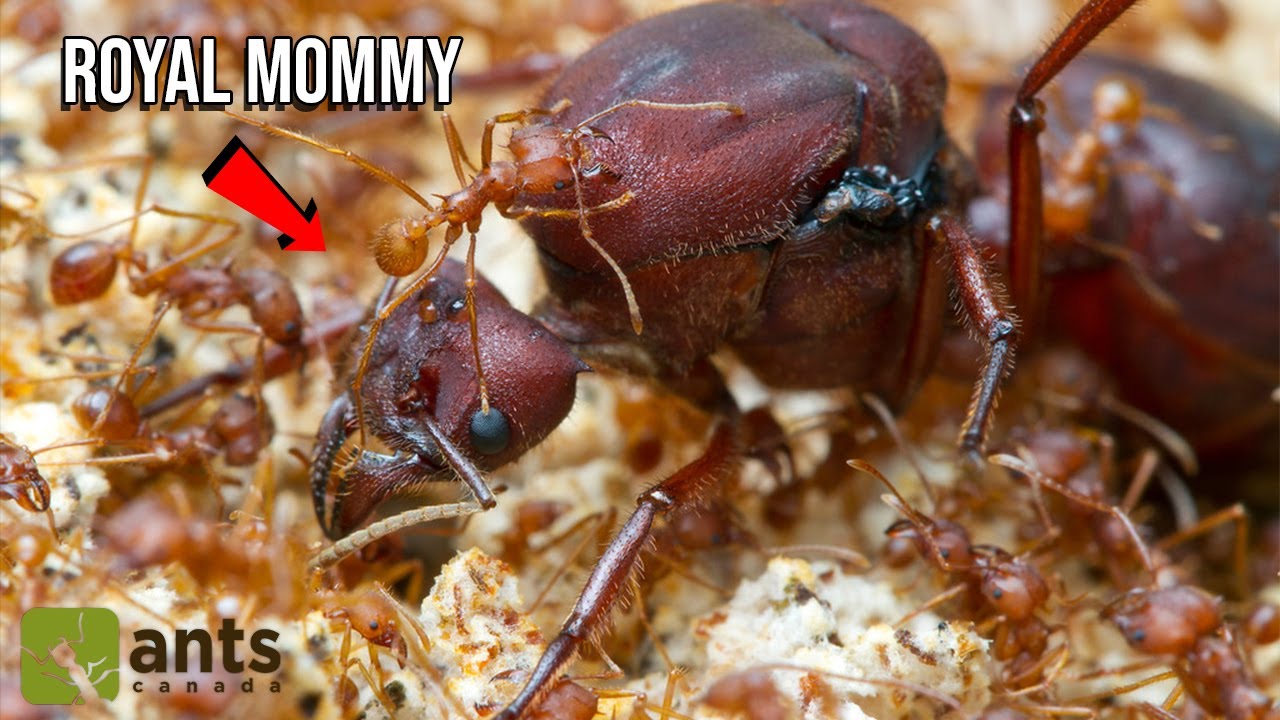Queen Ant Size

In the intricate tapestry of the insect world, few creatures command as much fascination and respect as the queen ant. Revered as the matriarch of her colony, the queen ant is a symbol of power, resilience, and astonishing biological complexity. Central to her enigmatic presence is her size, a characteristic that not only distinguishes her from her subjects but also underscores her vital role in the survival and success of her colony. In this exploration, we delve into the dimensions of queen ants, unraveling the mysteries of their size and its profound implications.
The Majesty of Size:
Queen ants, in many species, boast a size that far surpasses that of their worker counterparts. While workers typically measure only a few millimeters in length, queens can range from several millimeters to several centimeters, depending on the species. This vast difference in size is not merely a matter of physical appearance but is deeply intertwined with the queen’s biological functions and responsibilities.
The Physiology of Queens:
The remarkable size of queen ants is primarily a consequence of their reproductive role within the colony. Unlike worker ants, whose bodies are tailored for tasks such as foraging, nest maintenance, and caring for the brood, queen ants are specialized for reproduction. Their enlarged abdomens serve as reservoirs for storing vast quantities of eggs, ensuring the continual expansion and replenishment of the colony’s population.
Furthermore, the size of queen ants is often correlated with their longevity. While worker ants typically have relatively short lifespans, queens can live for several years or even decades, continuously laying eggs to sustain the colony’s workforce. This extended lifespan necessitates a robust physiological framework, including enhanced nutrient storage capacity and efficient reproductive organs, which contribute to the queen’s substantial size.
Ecological Significance:
Beyond their intrinsic biological marvel, the size of queen ants holds significant ecological implications. As the primary reproductive agents within their colonies, queen ants play a pivotal role in shaping the dynamics of their ecosystems. Their ability to produce vast numbers of offspring ensures the persistence and proliferation of ant populations, influencing the abundance and distribution of species across diverse habitats.
Moreover, the size of queen ants can influence their interactions with other organisms within their ecosystems. Predators may target queen ants as a valuable food source, while symbiotic relationships with other species, such as aphids or fungi, may be mediated by the queen’s reproductive output. Thus, understanding the size dynamics of queen ants is crucial for unraveling the intricacies of community structure and ecological processes in terrestrial ecosystems.
Evolutionary Origins:
The evolution of queen ant size is a fascinating subject that reflects the interplay between ecological pressures and reproductive strategies. Across different ant species, variations in queen size can be observed, reflecting adaptations to specific environmental conditions and colony requirements. In some cases, larger queens may confer a competitive advantage, enabling colonies to establish and expand more rapidly, while in other instances, smaller queens may prioritize mobility and resource acquisition in dynamic landscapes.
Furthermore, the size of queen ants may be influenced by social factors within their colonies. In species with complex social structures, such as those exhibiting polygyny or polyandry, competition among queens may drive the evolution of larger body sizes as a means of securing reproductive dominance and ensuring genetic fitness. Conversely, in species with solitary founding queens, size may be less critical, with other factors such as dispersal ability and resource availability exerting greater selective pressure.
Conservation Concerns:
The size of queen ants also holds implications for conservation efforts aimed at preserving insect biodiversity and ecosystem integrity. As keystone species in many ecosystems, ants play crucial roles in nutrient cycling, seed dispersal, and pest regulation. However, anthropogenic activities such as habitat destruction, climate change, and pesticide use pose significant threats to ant populations, including queen ants.
Preserving habitats that support diverse ant communities is essential for safeguarding the reproductive success and long-term viability of queen ants. Conservation strategies that prioritize habitat restoration, sustainable land management practices, and mitigation of environmental stressors can help protect queen ants and the ecosystems they inhabit, ensuring their continued contribution to ecosystem functioning and resilience.
Conclusion:
In the grand tapestry of nature, queen ants stand as formidable exemplars of adaptation, resilience, and ecological significance. Their remarkable size is not merely a matter of physical proportions but is deeply intertwined with their reproductive prowess, ecological roles, and evolutionary history. By unraveling the mysteries of queen ant size, we gain insight into the complex dynamics of insect societies, ecological communities, and the delicate balance of life on Earth.





